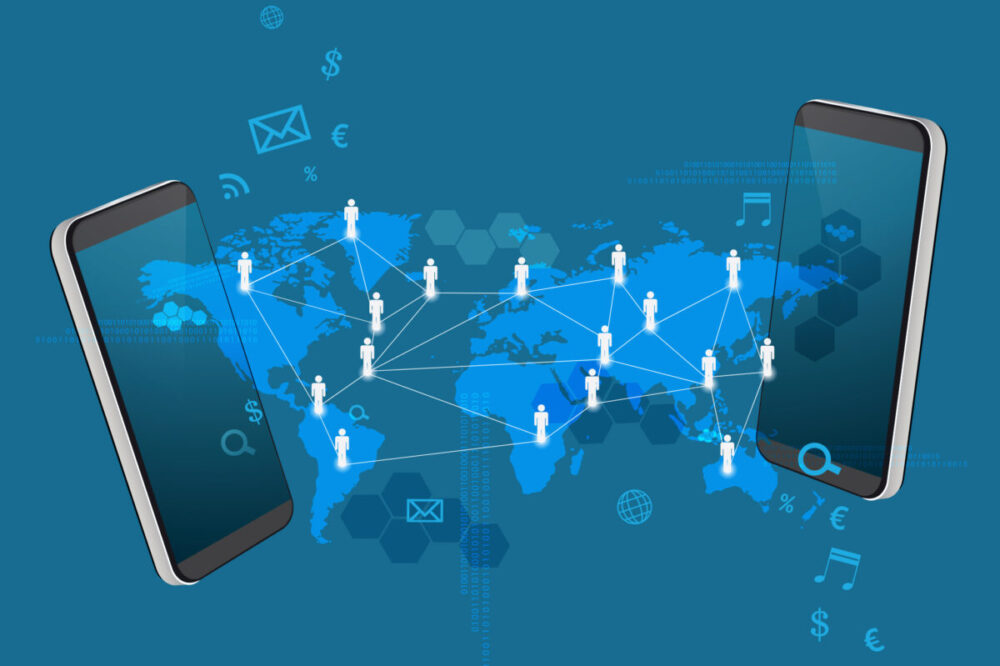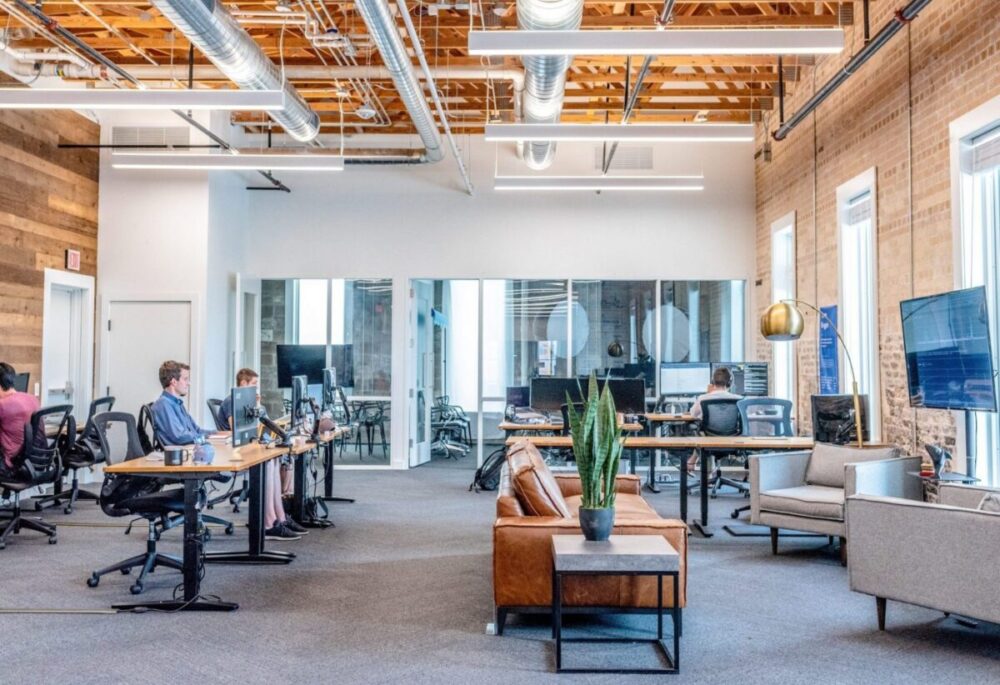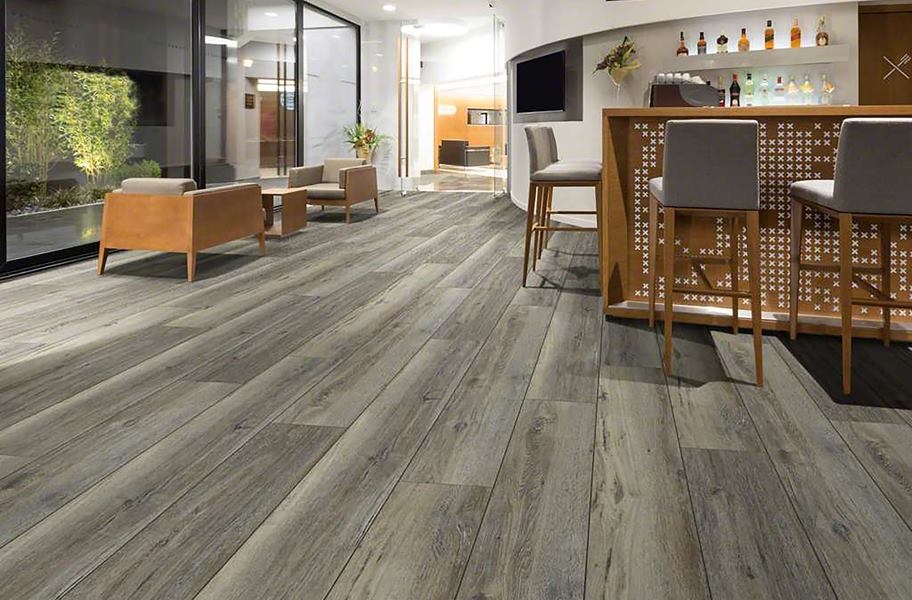Phone calls have come a long way since the first buzz was put into motion by Alexander Graham Bell, and international phone calls happen in their millions every day – for both business and leisure.
Should you go with calling apps or international calling cards when you have to make a phone call across longer borders?
Calling apps like Skype or Facebook Messenger are popular everywhere, but international calling cards are still one of the best options for long-term, clear connectivity.
Here’s how calling apps weigh up against international calling cards, and why calling cards might still be the best way to call around.
Calling Apps vs International Calling Cards
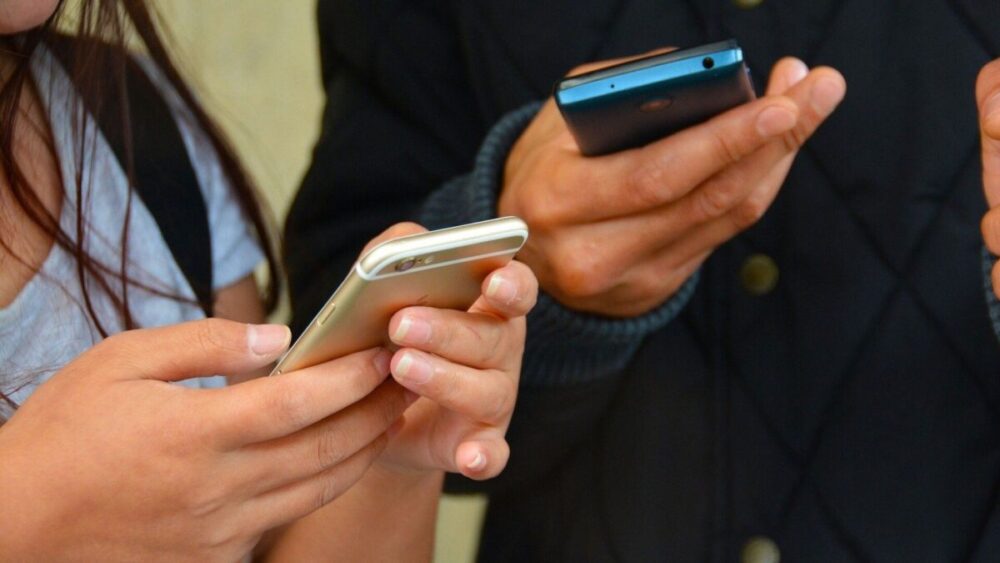
Accessibility
Internet based calls or VoIP communication relies on one thing that a lot of the world doesn’t have access to 24/7: a reliable internet connection on both sides.
The average Skype or Messenger interview that you’ll see aired on the average breakfast program or news show is often unclear and choppy. Internet connections are rarely strong enough to keep an entire call going with clarity – and in remote areas, this is even more difficult.
If you have to make a phone call to (or from) anywhere that doesn’t have the best internet connection, phone cards get you connected quicker and clearer. JT, phonecardchoice.com
Unlike VoiP or Skype/Messenger calls that rely on the strength of a two-way internet connection, phone cards make use of traditional copper lines that run through even the most remote areas in the world.
If you can’t get connected for a clear call, international calling cards are your best option.
Reliability
The internet is vast, but not always reliable when it comes to connectivity.
A phone call that relies on internet connection strength can cut out at random, buffer or just drop the call completely when the signal drops.
If you’re in a remote area (or storms have affected mobile towers), an internet connection won’t be at full capacity no matter how hard you wish for it.
Copper cable systems are much more reliable, and they are a lot less likely to fail in storms or emergencies.
Thanks to quality carrier lines, calling cards can be more reliable – especially in unreliable areas.
No Download Required

What if you have to download an app, but (1) the app won’t run, or (2) connectivity issues don’t allow for a download? This is an obstacle that can easily happen when you’re traveling anywhere and rely on an app to make an international call – and it’s a sure way to walk into an emergency.
Calling cards do not use any apps or hardware (e.g. SIM cards), but just require 3 steps.
Call a local access number, enter your PIN to verify your account, and call the destination number.
Unlike mobile phone apps that can have compatibility or safety issues, there’s no download required with calling with a calling card.
Contactable Customer Service Team
If you happen to need help using instant messenger or calling apps, take a moment to think how hard it can be to reach tech support if you have an emergency. Software developers can take more than 24 hours to get back…and for most phone calls, it’s time you just won’t have to spare.
With calling cards, just place one call to the customer service desk for help.
How to use a calling card
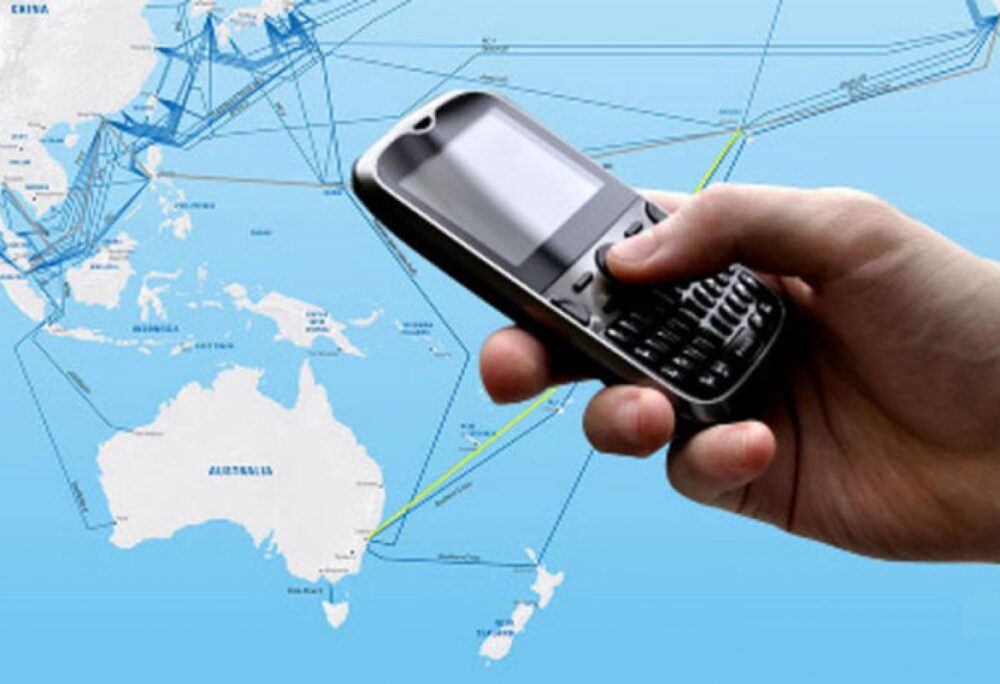
Step 1: Enter the local access code. Prior to making a call, each calling card’s access number must be dialed. The access number may be a local or toll-free number.
Step 2: Enter your PIN. Each card will come with a PIN, or personal identification number. Following the dialing of the access number, you will be prompted to enter your PIN.
Step 3: Enter the required phone number. When the call is established, the minutes on your calling card will begin to be used. The card should indicate the number of minutes left before the call is connected.
What to be aware of when buying a calling card
However, when dealing with less than reputable calling card services customers can run into problems, most of which can be resolved fairly quickly, but is still worth noting, here some of problems customers have experienced when trying to purchase a new calling card:
- Faulty local access numbers or even PIN numbers
- Trouble connecting to local access numbers due to busy signal
- Calling card providers tend to go out of business leaving customers with a non-useable product
- Calling rates turn out to be more expensive than what was advertised
- Hidden “post-call,” “per-call,” or “daily maintenance” fees
- Customers charged for a call that did not connect
- Poor quality audio or phone calls dropping unexpectedly
- Calling cards already expired before first use
As I said, the majority of these problem can be resolved fairly quickly but ideally you would rather not experience these problems to begin with which is why I recommend buying from reputable international calling card services.
It’s worth noting that even if you are dealing with a reputable phone card provider you will likely from time to time experience issues but these are solved very quickly usually within a day.
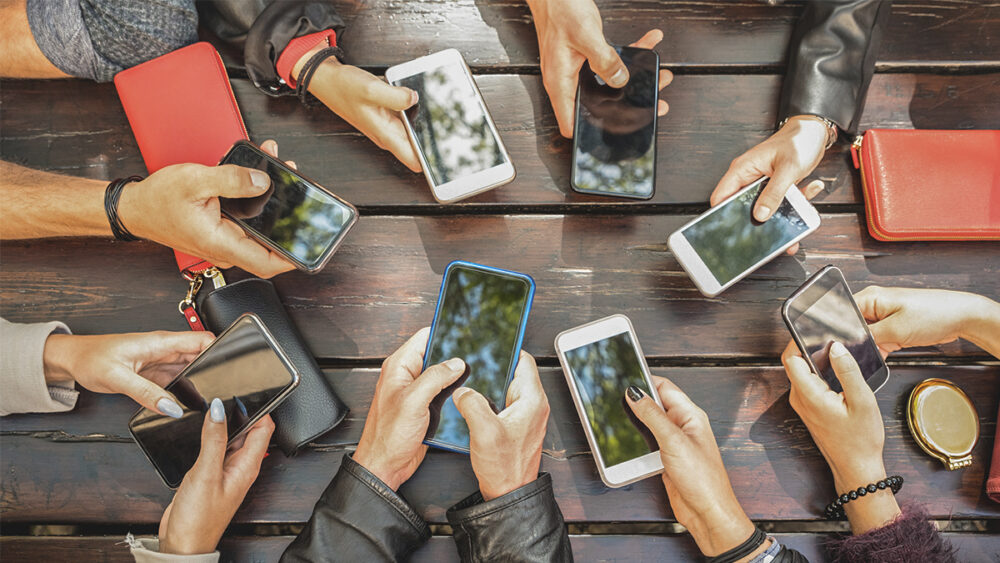
Conclusion
While calling apps are great for calling to the top countries a few of the main reasons why you may wish to use international calling cards is:
Accessibility: while not every country has a strong and reliable internet connection virtually everyone has access to a landline or mobile.
Reliability: Even though international calling cards do come with their own issues (like any technology) they do tend to be much more reliable overall.
No download: instead of having a dozen different apps on your phone you can just call any landline or mobile in the world just using your dialing pad – no app to download and no SIM to install.
Ease of use: making a call using an international calling card is easy too and typically only takes 3 steps, although if you are using a mobile phone you can actually program all 3 steps in making it a one step process.

